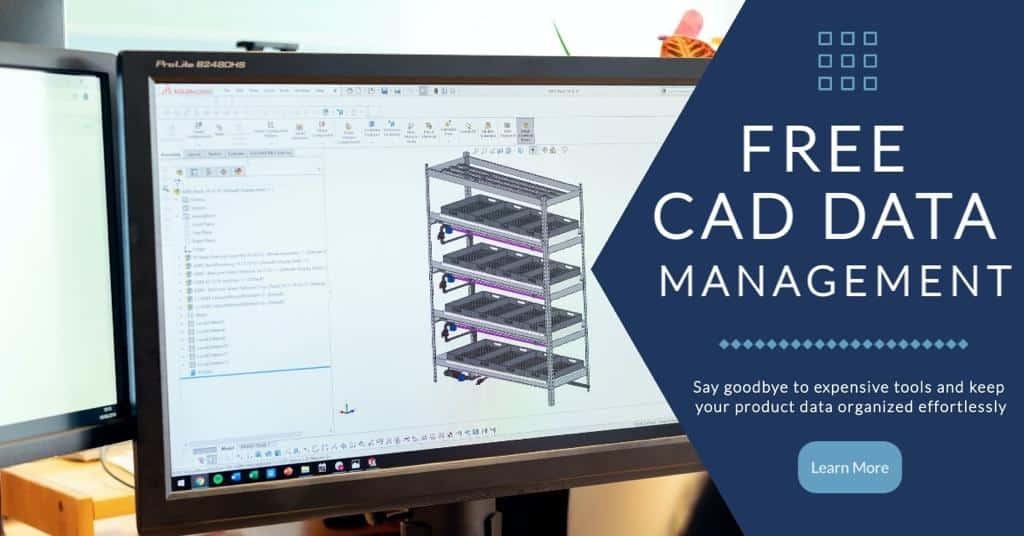
One of the most controversial things in data management when it comes to engineering and manufacturing is part numbering. How to organize them? What is the pattern? Who defines it? Should we make it intelligent and meaningful? Should we include a revision in the part number? This is just a short list of questions that cross engineering minds when they start thinking about Part Numbering. At OpenBOM, we have these “Part Numbering” debates with at least 70-80% of customers as a first step in their OpenBOM journey.
History and Why Intelligent Part Numbers Were Born?
The birth of intelligent part numbers is rooted in the pre-digital era, a time when computers and databases were non-existent. Companies relied solely on drawings and part lists, necessitating an easy way to recognize parts, understand their classification, revision status, and more. The second driving factor was the distrust engineers had towards multiple systems. A pervasive worry was: What if the data management system fails one day? This skepticism, coupled with poor system integration and silos, led engineers to believe that maintaining an intelligent part number was a necessity. However, even today, after many years of PDM, PLM, ERP, and other system implementations, I found companies heavily struggling with their decision about part numbers when they start to implement product lifecycle management (PLM) or product data management (PDM) implementations and, in general, for their product development process and manufacturing process.
I wrote a few articles about part numbering. Check them out.
What is the Right Path?
Many companies come to us and ask this question. But, sometimes they don’t like the answer and it comes to part number. The roots are in the historical belief that the “number” must be intelligent and engineers and all other people involved in product lifecycle, supply chain management, and other disciplines dealing with raw materials and components should be able to recognize a part based on the number. Very often it is related to bad organization of the systems and access to the information.
Here are a few crucial points are:
- It’s essential to manage part numbers internally and not rely on external manufacturer numbers. Dependency on a manufacturer for part numbers can lead to immediate data loss if there is a change in suppliers.
- Create a simple mechanism for managing part numbers, ideally using 6-8 characters that are easy to memorize. Using numbers, possibly with a letter prefix, is effective. All other information about the part should be stored in a database with its attributes.
- Avoid these three major pitfalls:
- Do not link the part numbering structure to your process definition.
- Do not use revision as an element of a part number.
- Do not build classification within part numbers.
These methods create dependencies between part numbers and various processes within your organization, leading to confusion and inefficiency. Once you create this level of dependencies, you won’t be able to change it in the future. Many of your processes will be linked logically to these prefixes, suffixes, revision numbers, etc.
What if You Still Think Intelligent P/N is a Good Idea?
Initially, it may seem that intelligent part numbers cause no issues. At first, you will think that nothing happens and everything will work smoothly. But then you will discover that the logic you use for data sharing, doesn’t work because of specific part numbers, then you will figure out that your change management process is dependent on a part number (and not a predefined approval process), and last but not least, you will find that revision included in Part Number requires a new way of data processing.
The list of potential issues is lengthy, but the overarching conclusion is that these practices can severely hinder new product development and operations.
To put it bluntly, if you decide to use an intelligent Part Number, it will be at your risk. These intelligent schemas can easily put an overhead in the way you manage data and processes.

Conclusion
Intelligent part numbers are a relic of the past, a method from the “pre-computer” era of managing components and data throughout the lifecycle of manufacturing without systems in place for such tasks. Modern systems are emerging to automate the process of part numbering, linking organizational data to part numbers through metadata and relationships. If you’re still deciding on the best approach for part numbering, consider reaching out to us at OpenBOM; we would be delighted to assist in guiding you toward a more efficient and effective solution.
You can get a guide about how to manage Part Numbers in OpenBOM.
REGISTER FOR FREE and check how OpenBOM can help you today.
Best, Oleg
Join our newsletter to receive a weekly portion of news, articles, and tips about OpenBOM and our community.










